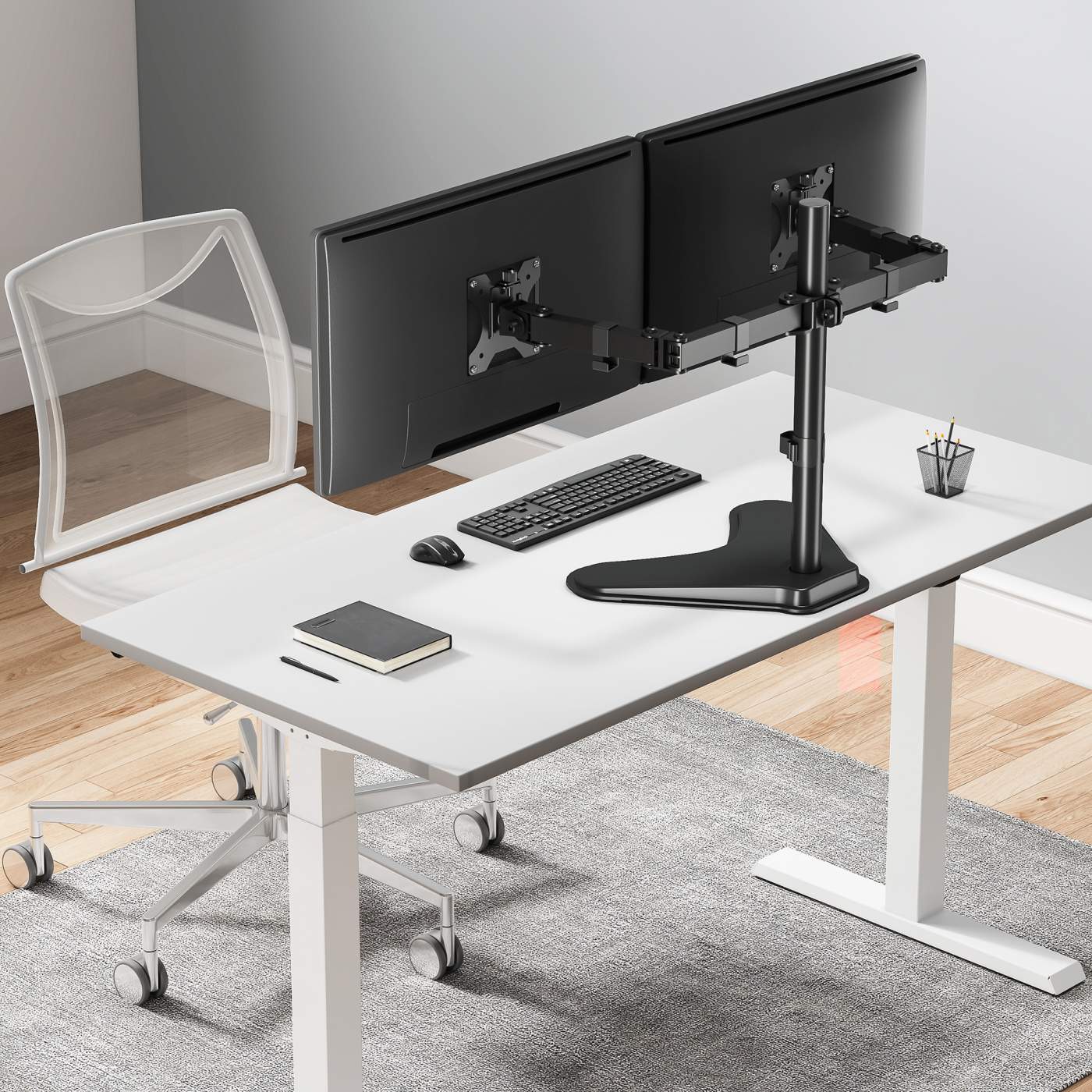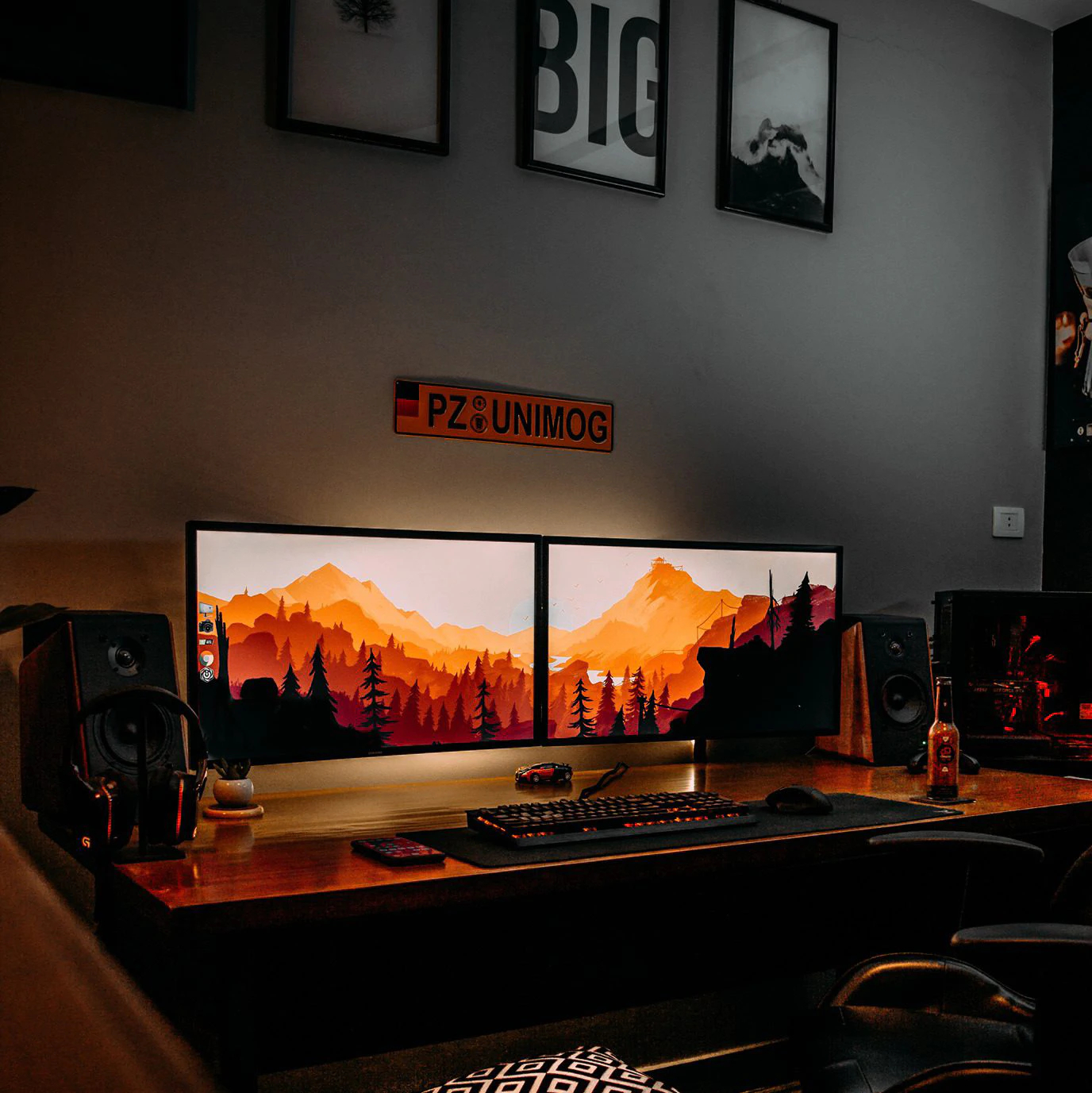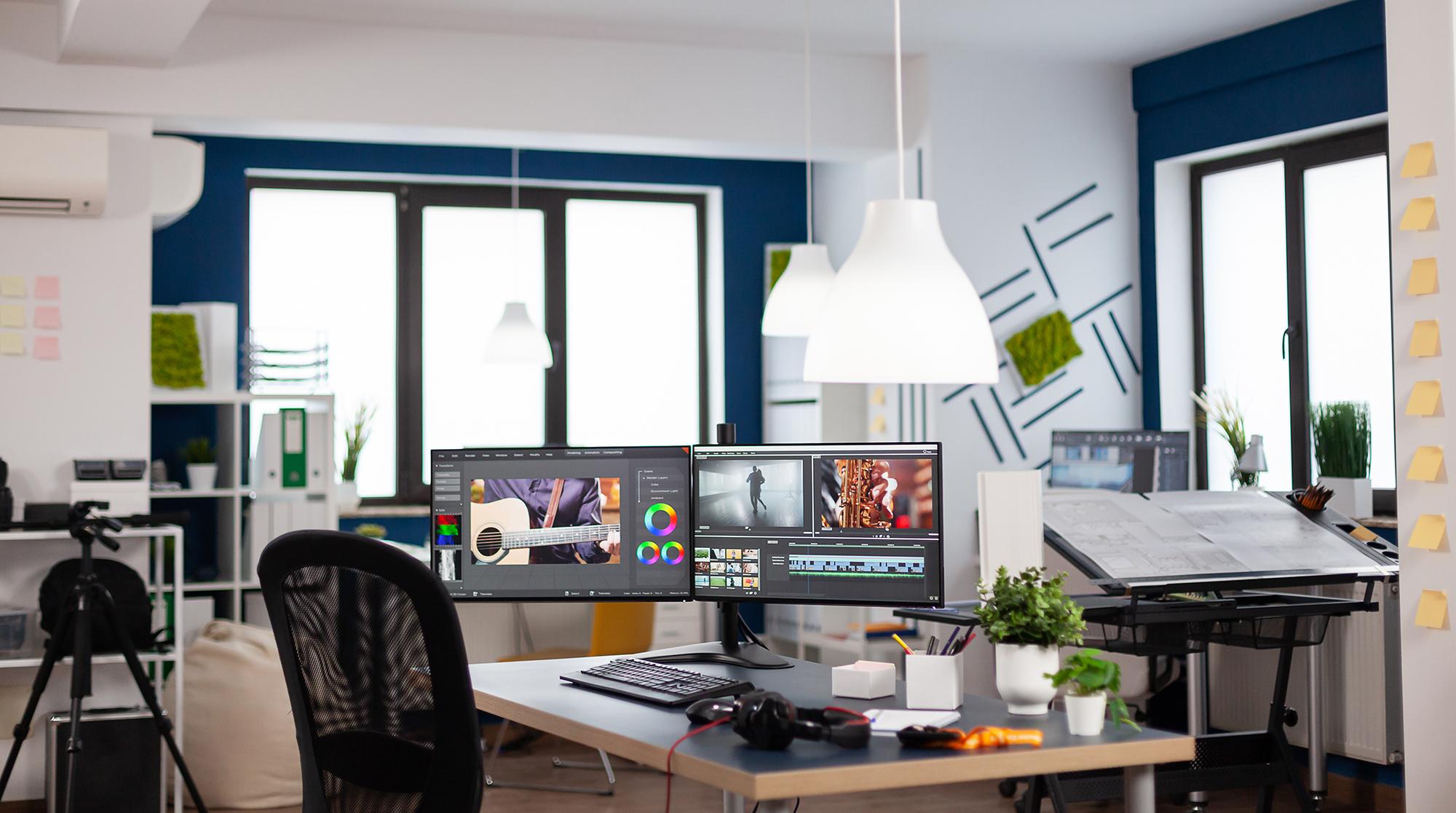The Rise of Dual Monitor Setups
The Increasing Demand for Improved Productivity
In today’s fast-paced digital landscape, where multitasking and information overload are common, the need for efficient and optimized workspaces has become paramount. This has led to the growing popularity of dual computer monitor setups, which have emerged as a powerful tool for enhancing productivity and streamlining workflows.
The Evolution of Display Technology
Advancements in display technology, such as the availability of high-resolution and affordable monitors, have made it easier for users to adopt and incorporate dual monitor configurations into their work or personal computing environments.

The Benefits of Dual Computer Monitors
Increased Workspace and Multitasking Capabilities
Dual monitors provide users with an expanded digital workspace, allowing them to simultaneously view and interact with multiple applications, documents, or windows without constantly switching between them. This can significantly improve productivity and efficiency by enabling more seamless multitasking.
Enhanced Visibility and Information Accessibility
With dual monitors, users can allocate different tasks or content to each display, making it easier to reference information, compare data, or monitor multiple processes simultaneously. This can be particularly beneficial for professionals in fields such as finance, software development, or design.
Improved Ergonomics and Reduced Eye Strain
By distributing the visual workload across two displays, dual monitor setups can help reduce eye strain and neck fatigue that can often result from extended periods of focused work on a single screen. This can contribute to improved user comfort and overall well-being.

Setting Up a Dual Monitor System
Choosing the Right Monitors
When selecting monitors for a dual setup, it’s essential to consider factors such as screen size, resolution, aspect ratio, and display technology (e.g., IPS, VA, or TN panels) to ensure compatibility, visual consistency, and optimal performance across both displays.
Connecting the Monitors
Depending on the specific hardware and software configurations, users may need to utilize various connection interfaces, such as HDMI, DisplayPort, or DVI, to establish a stable and reliable dual monitor setup. Consulting the manufacturer’s instructions or seeking professional assistance can help ensure a seamless installation process.
Configuring the Display Settings
After physically connecting the monitors, users will need to configure the display settings, including screen resolution, color profiles, and window/desktop management, to create a cohesive and unified dual-monitor experience.
Optimizing the Dual Monitor Setup
Arranging the Monitor Placement
The physical placement and orientation of the dual monitors can significantly impact the user’s workflow and comfort. Factors such as desk size, viewing distance, and ergonomic considerations should be taken into account to achieve the optimal configuration.

Customizing the Windows or Desktop Environment
Most operating systems provide robust tools and settings for managing and customizing the dual monitor experience. Users can explore options like window snapping, virtual desktops, and taskbar/dock management to further enhance their productivity and efficiency.
Leveraging Specialized Software and Applications
Certain software applications, such as productivity suites, design tools, or content creation programs, may offer dedicated features or integrations to optimize the dual monitor setup, enabling users to take full advantage of the expanded workspace.
Exploring Advanced Dual Monitor Configurations
Extending vs. Mirroring the Displays
Users can choose to either extend the desktop across the two monitors, allowing for a seamless and expanded workspace, or mirror the displays, which can be useful for presentations or collaborative work.
Utilizing Ultrawide or Curved Monitors
Incorporating an ultrawide or curved monitor as one of the displays in a dual monitor setup can create an even more immersive and visually captivating work environment, particularly for tasks that benefit from a wider field of view.
Integrating with Laptops or Docking Stations
For users with laptops or mobile devices, dual monitor configurations can be achieved by connecting the devices to a docking station or using external monitors, providing a more expansive and productive workspace.

Maintaining and Troubleshooting Dual Monitor Setups
Ensuring Proper Hardware Compatibility
Regularly checking for any hardware or driver updates, as well as ensuring compatibility between the monitors, graphics cards, and operating system, can help prevent and resolve potential issues that may arise in a dual monitor configuration.
Addressing Display Alignment and Calibration
Proper alignment and calibration of the dual monitors, in terms of both physical positioning and visual settings, are crucial for creating a seamless and cohesive user experience. Addressing any issues in this area can improve overall visual comfort and productivity.
Seeking Professional Assistance
In the event of more complex technical challenges or the need for specialized setup or troubleshooting, users may benefit from seeking the guidance of IT professionals or relying on the support resources provided by monitor manufacturers.

The Future of Dual Monitor Setups
Advancements in Display Technologies
As display technology continues to evolve, the capabilities and potential of dual monitor setups are likely to expand. Factors such as higher resolutions, improved color accuracy, and enhanced connectivity options may further enhance the user experience and the range of applications that can benefit from a dual monitor configuration.
Integration with Emerging Trends
The dual monitor setup may also become increasingly integrated with emerging trends in the technology landscape, such as the growth of remote work, the rise of virtual and augmented reality, and the increasing prevalence of smart home and IoT ecosystems.
Seamless Workflow Enhancements
Future developments in software and operating system integration may lead to even more seamless and intuitive workflow enhancements for users with dual monitor setups, enabling them to better manage their digital workspaces and streamline their productivity.
Conclusion
Dual computer monitor setups have proven to be a powerful and transformative tool for enhancing productivity, improving workflow efficiency, and creating a more ergonomic and immersive computing experience. By carefully selecting the right monitors, optimizing the configuration, and leveraging the various benefits of a dual display setup, users can unlock a new level of digital dexterity and unlock their full potential in a wide range of professional and personal endeavors. As technology continues to evolve, the importance and capabilities of dual monitor configurations are poised to grow, making them an increasingly essential component of the modern digital landscape.
Leave a Reply